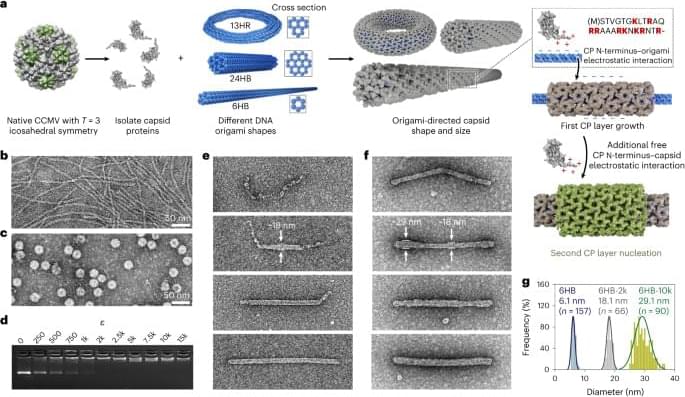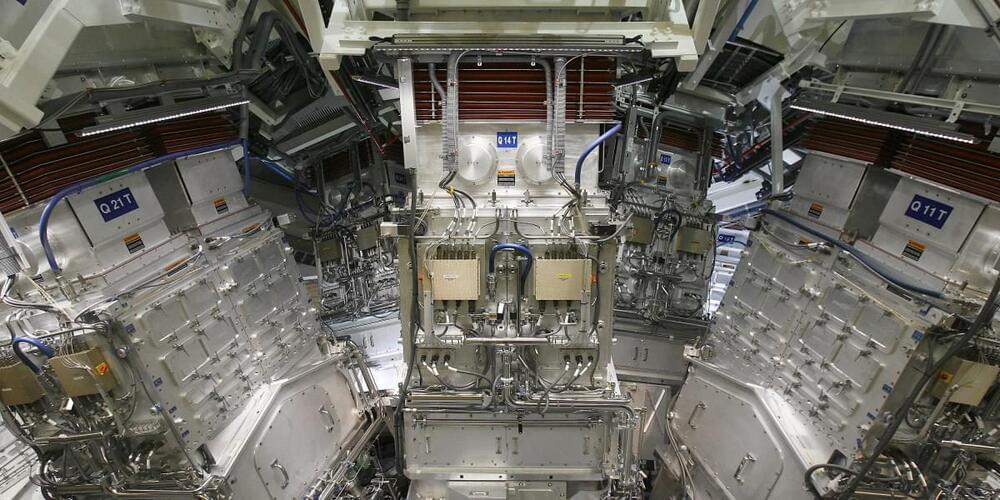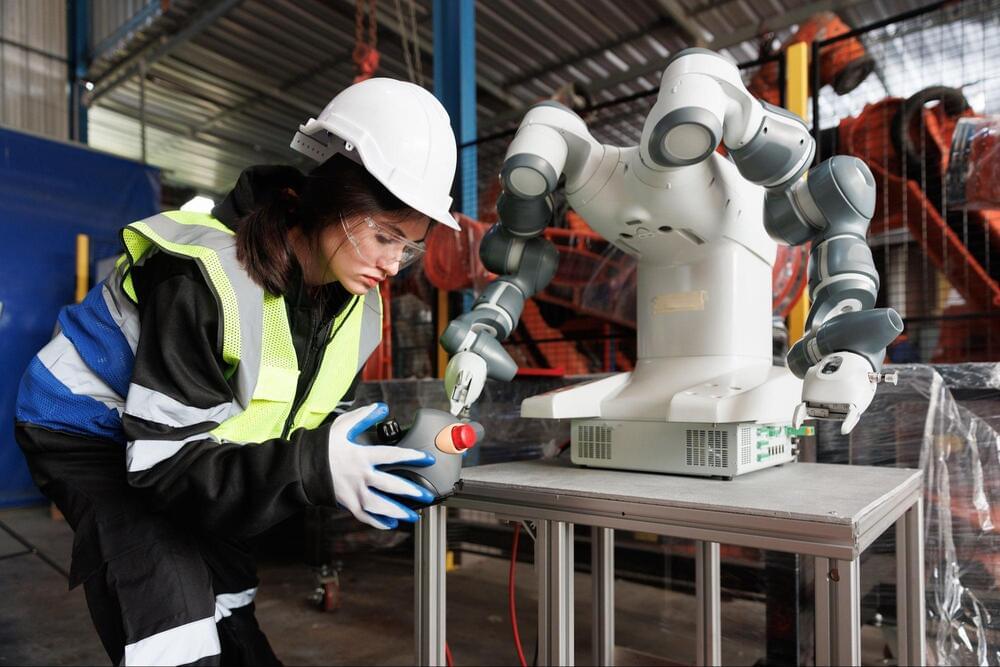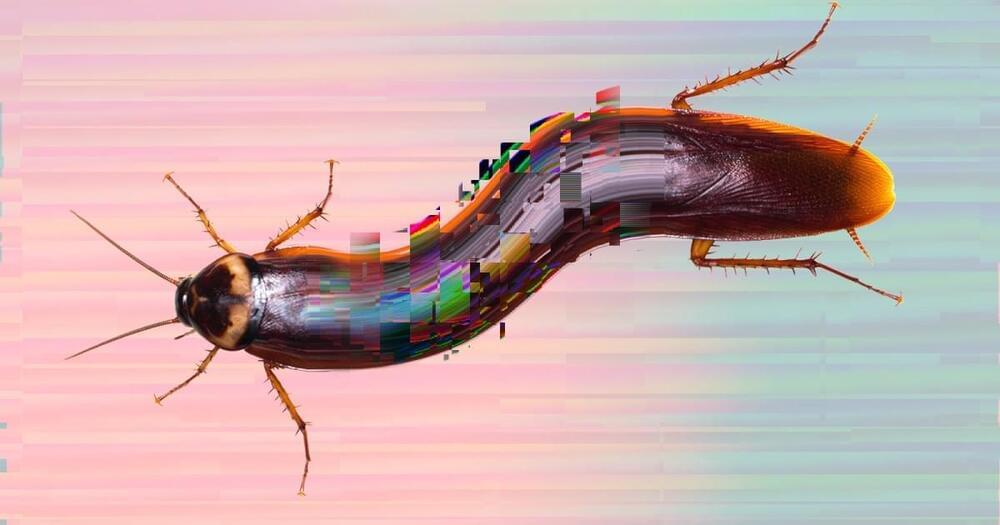Seitz et al. use DNA origami as a scaffold for viral capsid proteins to create virus capsids in the shapes of rings, tubes, and more! They employ cryo-EM to obtain 3D structures of some of their nanomolecular constructs and they show that multi-layer capsids occur at high concentrations of capsid proteins. Exciting work! #nanotechnology #biotechnology #syntheticbiology #genetherapy
DNA and RNA origami nanostructures direct the size, shape and topology of different virus capsids in a user-defined manner while shielding encapsulated origamis from degradation.








